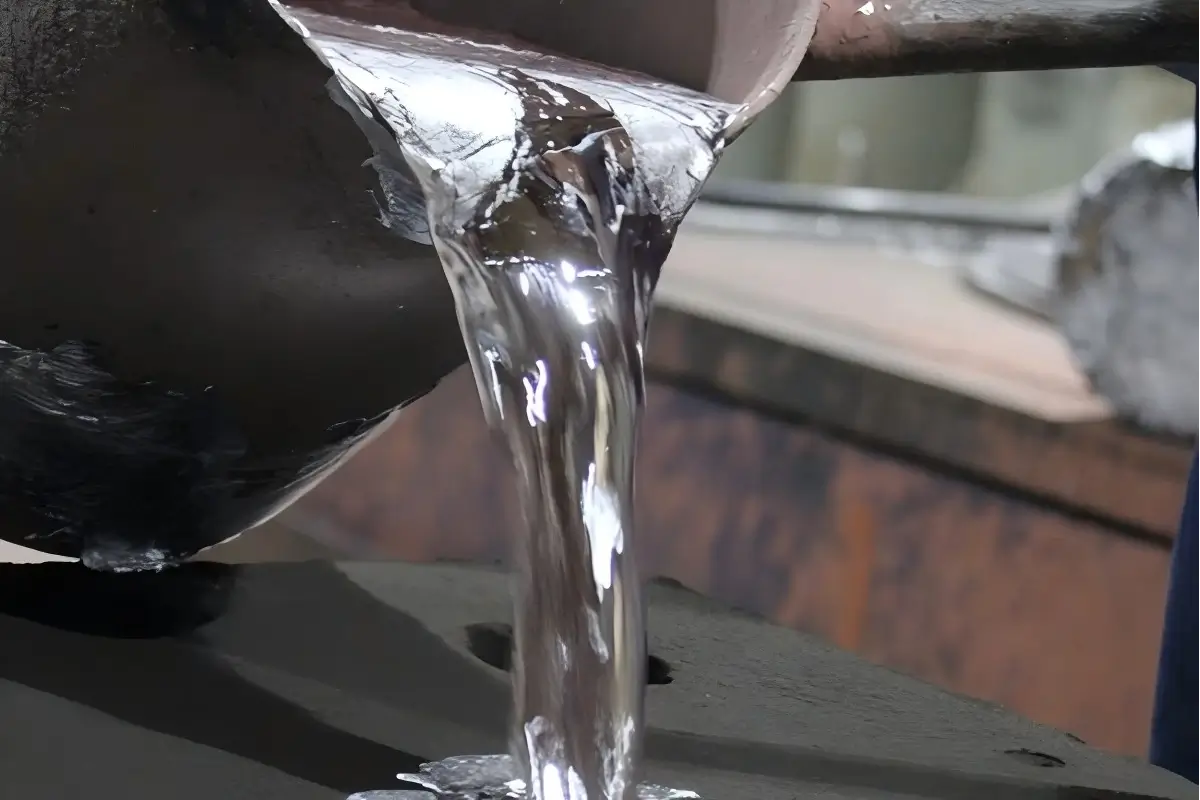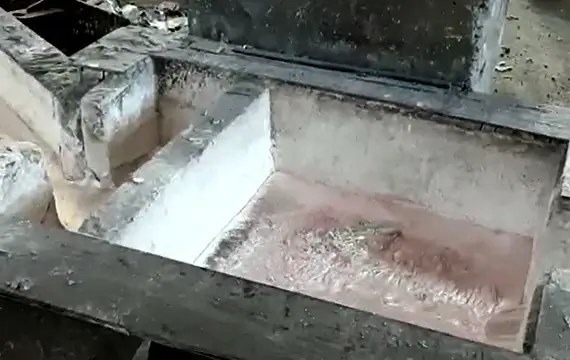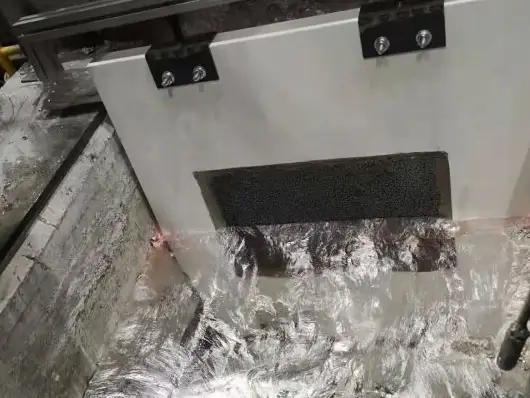Molten metal quality is the cornerstone of superior finished products in the aluminum, copper, and zinc casting industries. Non-metallic inclusions represent a primary source of defects, compromising mechanical properties, surface finish, and process reliability. Ceramic filters, a critical aluminum filtration technology deployed in casthouses worldwide. We examine their operating principle, material composition, and practical application, underscoring their role in enhancing metal cleanliness, operational efficiency, and final product performance for discerning international clients.
In today’s competitive global market, casthouses must consistently deliver metal with exceptional integrity. Throughout melting, holding, and treatment, molten metal accumulates solid impurities—oxides, nitrides, carbides, and refractory fragments—collectively known as inclusions. These particulates act as stress concentrators, leading to:
-
Reduced ductility and fatigue strength in final products
-
Surface defects in rolled sheet and foil
-
Tears and breaks during extrusion and rolling processes
-
Increased porosity in foundry castings
Effective filtration is not merely an optional step but a fundamental requirement for producing high-value, defect-sensitive products like automotive components, aerospace alloys, and premium packaging materials.

Ceramic Filters: A Principle of Depth Filtration
Ceramic Filters operate on the principle of depth filtration, a superior mechanism to simple surface screening. As molten metal flows through the intricate three-dimensional network of the filter, inclusions are removed through a combination of physical and physicochemical mechanisms:
-
Interception & Sieving: Large particles are physically trapped at pore openings or within internal passages.
-
Brownian Diffusion: Fine sub-micron particles, undergoing random motion, collide with and adhere to the ceramic walls.
-
Sedimentation: Gravity causes denser inclusions to settle out within the filter’s complex channels.
-
Surface Adsorption: Electrostatic forces can attract and retain particles on the chemically active ceramic surface.
This multi-mechanism approach allows ceramic filters to remove particles significantly smaller than the nominal pore rating, delivering a melt of exceptional cleanliness.
Types and Specifications of Ceramic Filters
Ceramic Foam Filters (CFFs)
-
Structure: An open-cell, sponge-like matrix replicated from a polyurethane foam template. The ceramic slurry (typically based on Silicon Carbide, Alumina, or Zirconia) is sintered at high temperatures, creating a rigid, highly porous (80-90% void volume) structure.
-
Filter Specification: Defined by Pores Per Inch (PPI). Standard grades range from coarse (10 PPI) to fine (60 PPI), with 20, 30 PPI being most common for general applications.
Bonded Particle Filters
-
Structure: Manufactured by bonding ceramic granules (e.g., silicon carbide) to form a monolithic block with a honeycomb or labyrinthine passage structure.
-
Characteristics: Often exhibit higher mechanical strength and thermal shock resistance than foam filters. They provide a different filtration profile due to their irregular pore structure.
These filters suitable for most aluminum alloys, offers improved corrosion resistance for aggressive melts (e.g., high-Mg aluminum alloys, aluminum-lithium), and providing exceptional chemical inertness.
How to Implement Ceramic Filters in the Casthouse
Successful integration of aluminum filtration requires careful planning and execution. Key operational factors include:
Alloy Compatibility: Match filter material to melt chemistry.
Pore Size Selection: Base the PPI choice on the required metal quality and the initial inclusion load.
-
-
20-30 PPI: Standard filtration for extrusion billet and foundry ingot.
-
50-60 PPI: High-quality sheet ingot for can stock, automotive, and aerospace applications.
-
Preheating Protocol: This is non-negotiable. Filters must be preheated gradually and uniformly to 900-1100°C (1650-2000°F). Inadequate preheating causes thermal shock, leading to filter cracking and potential melt contamination. It also prevents metal freeze-off, ensuring a continuous cast.
-
System Design: The filter is housed in a pre-heated filter box or casse integrated into the launder system. The design must maintain sufficient molten metal head pressure to drive the metal through the filter at the desired casting speed.
Advantages and Return on Investment of Ceramic Filters
Implementing a robust ceramic filtration process delivers tangible returns:
-
Enhanced Product Quality: Dramatic reduction in inclusion-related defects, leading to improved mechanical properties and surface finish.
-
Increased Productivity: Reduced downtime for die cleaning, fewer breakages during extrusion/rolling, and higher overall equipment effectiveness (OEE).
-
Cost Reduction: Lower scrap and rework rates directly improve profitability.
-
Process Reliability: Provides a consistent, controlled barrier against impurities, especially crucial when using high percentages of recycled scrap.
Conclusion
For the modern casthouse supplying global OEMs, ceramic filtration is an indispensable, value-adding technology. It is a critical control point in the melt treatment process chain, ensuring that the final product meets the most stringent international quality standards. By understanding the technology, selecting the appropriate filter specifications, and adhering to strict operational procedures, producers can significantly enhance their capability, reputation, and competitive edge in the international metals market.



